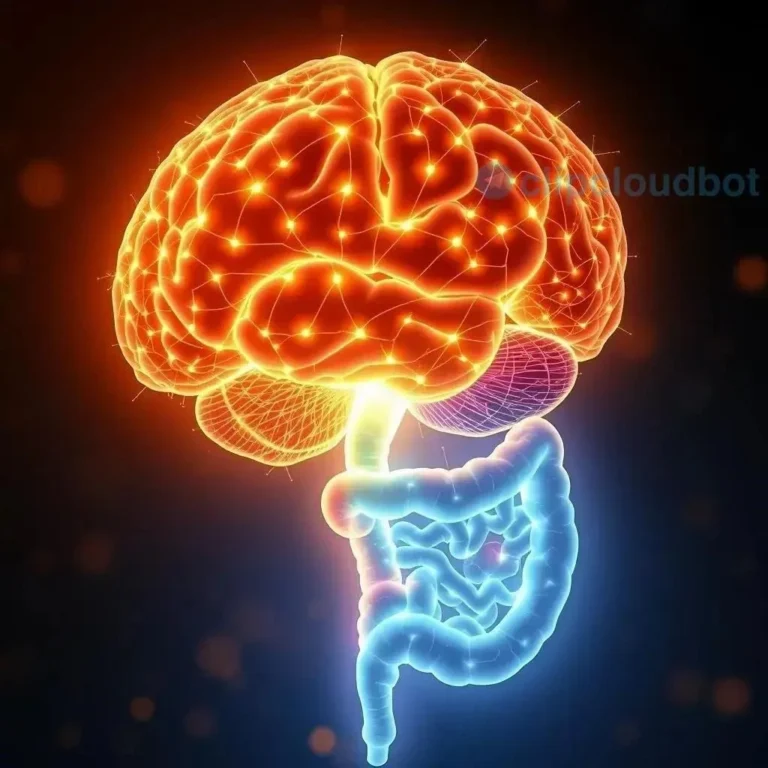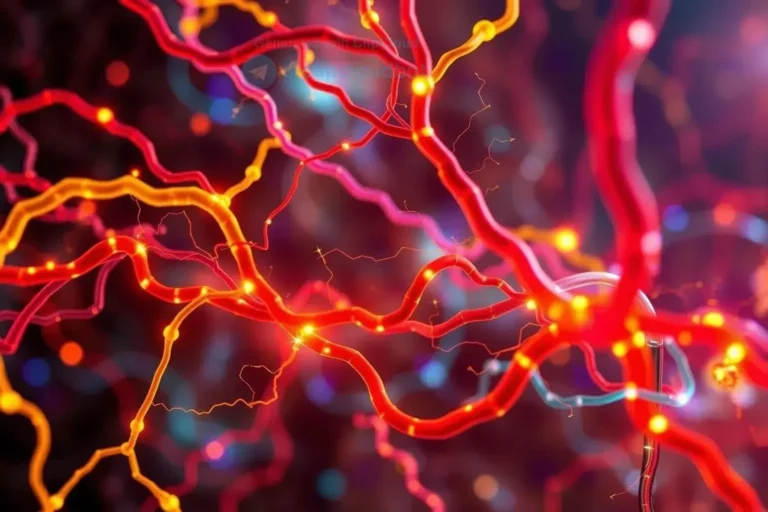Cold Plunge: Unveiling the Science and Benefits
Cold plunging offers potential benefits rooted in scientific principles, impacting various physiological processes.
The Science Behind Cold Plunge
Cold plunge therapy centers around the body’s physiological responses to acute cold exposure. Immersing the body in cold water triggers a cascade of reactions, primarily involving the nervous and circulatory systems. The sudden drop in temperature activates cold receptors in the skin, sending signals to the brain. This triggers vasoconstriction, narrowing blood vessels to reduce blood flow to the extremities and conserve core body temperature. This initial response is followed by a range of hormonal and metabolic adjustments, impacting processes such as inflammation, circulation, and pain perception. While more research is needed to fully understand the complex interplay of these mechanisms, preliminary studies suggest that cold plunge therapy holds promise for various health benefits.
Thermogenesis and Metabolic Effects of Cold Exposure
Cold exposure, such as cold plunging, can stimulate thermogenesis, the process of heat production in the body. This occurs as the body attempts to maintain its core temperature in response to the cold. Shivering is an immediate thermogenic response, involving rapid muscle contractions to generate heat. Furthermore, cold exposure can influence metabolic rate, potentially leading to increased calorie expenditure. Research suggests that repeated cold exposure may enhance metabolic adaptations, improving the body’s efficiency in regulating temperature and potentially contributing to weight management. These metabolic effects are linked to the activation of brown adipose tissue, a type of fat that specializes in heat generation.
Cold Therapy for Mood Enhancement and Recovery
Emerging research suggests that cold therapy, including cold plunges, may offer benefits for mood enhancement and psychological well-being. The shock of cold water immersion can trigger a release of endorphins, natural mood boosters that can create a sense of euphoria and reduce feelings of stress and anxiety. Additionally, cold exposure may activate the sympathetic nervous system, leading to increased alertness and a sense of invigoration. Some studies indicate that regular cold therapy can have a positive impact on symptoms of depression and improve overall mood stability. While more research is needed to fully understand the mechanisms involved, cold therapy holds promise as a complementary approach for mental wellness.
Brown Fat Activation through Cold Plunge
Cold plunging can activate brown adipose tissue (BAT), also known as brown fat. Unlike white fat, which stores energy, brown fat burns calories to generate heat. Cold exposure stimulates BAT activity, increasing its metabolic rate and energy expenditure. This process, known as non-shivering thermogenesis, plays a crucial role in maintaining body temperature in cold environments. Research suggests that regular cold exposure, such as cold plunges, can increase the amount and activity of brown fat in the body. This activation of brown fat has potential implications for metabolic health and weight management, as it contributes to increased calorie burning and improved glucose regulation.
The Impact of Ice Baths on Muscle Recovery
Ice baths, a form of cold plunge therapy, are often used by athletes to promote muscle recovery after intense exercise. The cold water immersion helps to constrict blood vessels, reducing blood flow to the muscles and minimizing inflammation and swelling. This can help to alleviate muscle soreness and pain. While the immediate effects of ice baths are primarily related to reducing inflammation, some research suggests that regular cold water immersion may also enhance long-term muscle recovery and adaptation by stimulating cellular repair processes. However, the optimal protocols for ice bath therapy are still being investigated.






